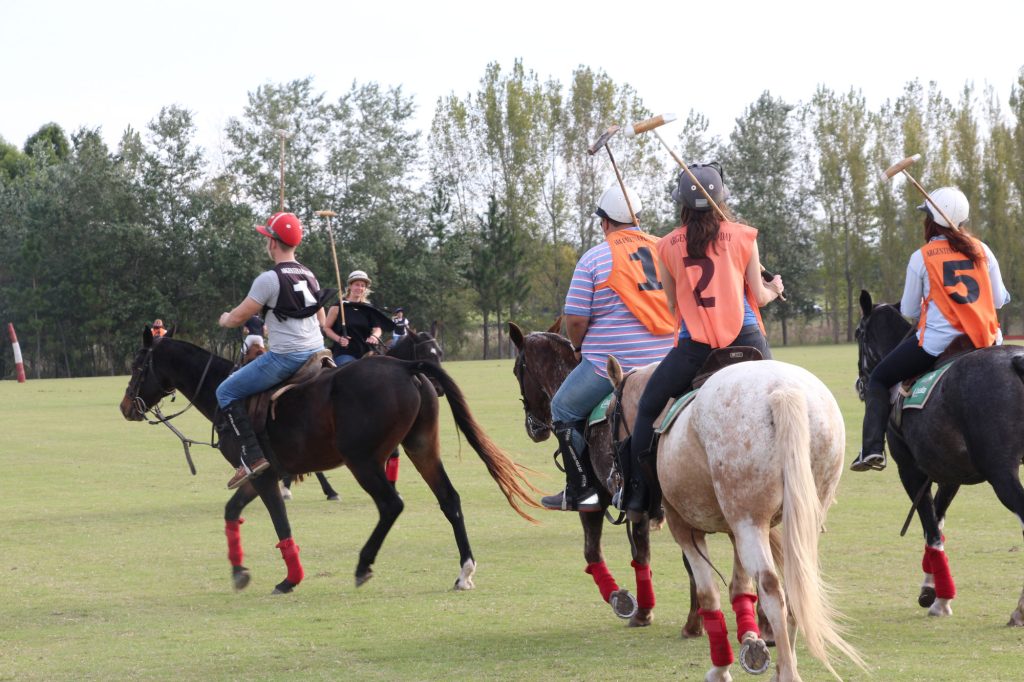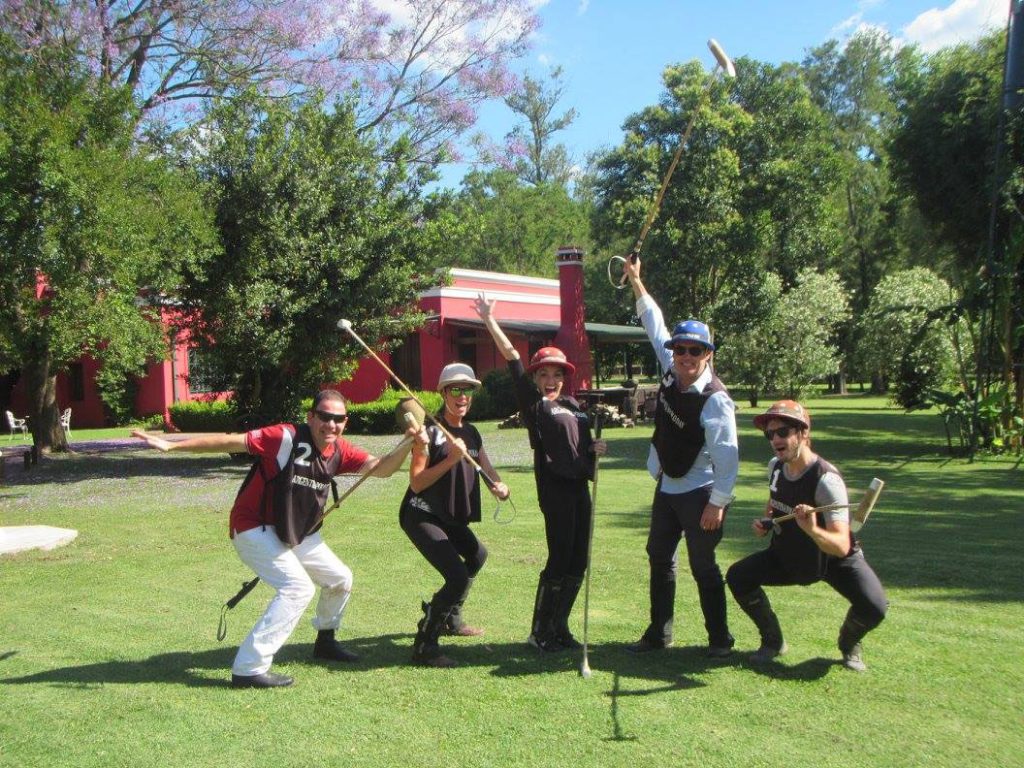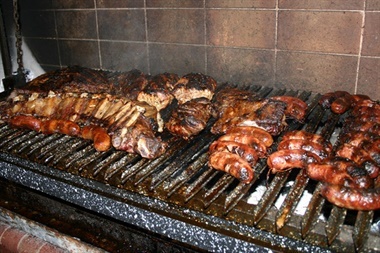[:es]Estancia is a large, private plot of land used for farming or cattle-raising. Estancias in the southern South American grasslands, the pampas, have historically been estates used to raise livestock, such as cattle or sheep.
In the early Caribbean territories and Mexico, holders of encomiendas acquired land in the area where they had access to Indian labor. They needed on-site Hispanic supervisors or labor bosses called estancieros. In Mexico, multiple estancias owned by the same individual could be termed a hacienda.
The term estancia is used in various ways in Argentina, Paraguay, Uruguay, southern Chile and southern Brazil. The equivalent in other Spanish American countries would be hacienda.
During the first centuries of Spanish colonial rule, the Spanish introduced cattle into the colonies for livestock. In the peripheral areas of northern Mexico and the southern part of South America, these animals roamed free; settlers conducted periodic raids to catch and slaughter them. In the 19th century stationary ranching ventures started to form in the pampas, with permanent buildings and marked livestock that clearly defined ownership. They were called estancias, the term indicating the stationary, permanent character.
The colonial estancias were the agrarian exploitations characteristic of the current Argentine territory. These were specialized in the production of cattle, especially cattle.
The estancia’s ranch worker on horseback in Argentina, the gaucho, has similar status in national folklore and identity to the cowboy of North America. Since the late 20th century, agriculture has intensified as an industry; landowners have often shifted from livestock to crop farming in the pampas of Argentina and Uruguay, due to the region’s high soil fertility.
A small number of estancias in Argentina and Uruguay, as well as in Paraguay or Chile, particularly those with historic architecture, have been converted into guest ranches called paradores.
[:en]Estancia is a large, private plot of land used for farming or cattle-raising. Estancias in the southern South American grasslands, the pampas, have historically been estates used to raise livestock, such as cattle or sheep.
In the early Caribbean territories and Mexico, holders of encomiendas acquired land in the area where they had access to Indian labor. They needed on-site Hispanic supervisors or labor bosses called estancieros. In Mexico, multiple estancias owned by the same individual could be termed a hacienda.
The term estancia is used in various ways in Argentina, Paraguay, Uruguay, southern Chile and southern Brazil. The equivalent in other Spanish American countries would be hacienda.
During the first centuries of Spanish colonial rule, the Spanish introduced cattle into the colonies for livestock. In the peripheral areas of northern Mexico and the southern part of South America, these animals roamed free; settlers conducted periodic raids to catch and slaughter them. In the 19th century stationary ranching ventures started to form in the pampas, with permanent buildings and marked livestock that clearly defined ownership. They were called estancias, the term indicating the stationary, permanent character.
The colonial estancias were the agrarian exploitations characteristic of the current Argentine territory. These were specialized in the production of cattle, especially cattle.
The estancia’s ranch worker on horseback in Argentina, the gaucho, has similar status in national folklore and identity to the cowboy of North America. Since the late 20th century, agriculture has intensified as an industry; landowners have often shifted from livestock to crop farming in the pampas of Argentina and Uruguay, due to the region’s high soil fertility.
A small number of estancias in Argentina and Uruguay, as well as in Paraguay or Chile, particularly those with historic architecture, have been converted into guest ranches called paradores.
[:]





